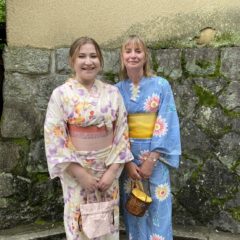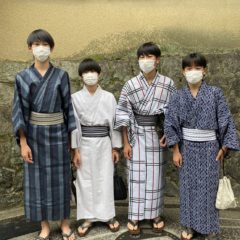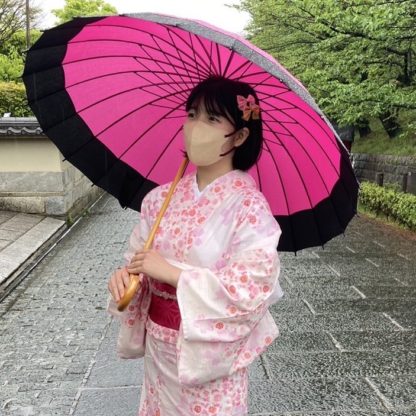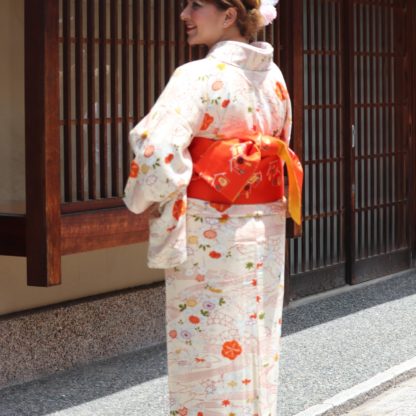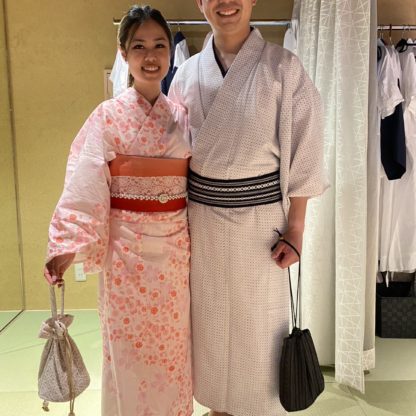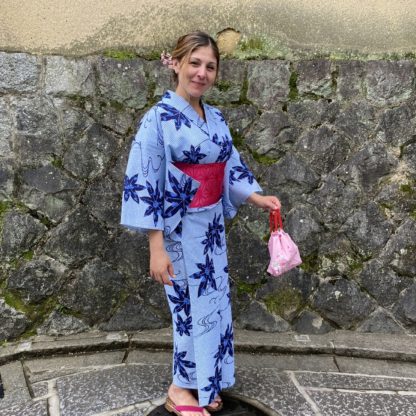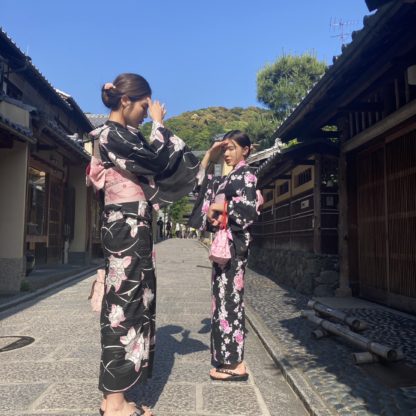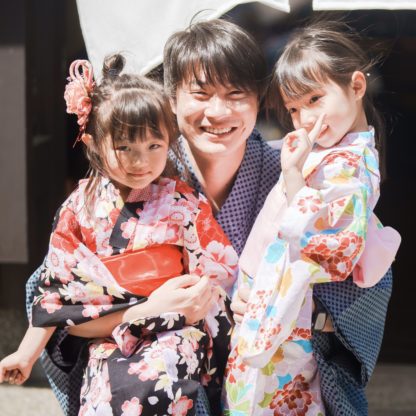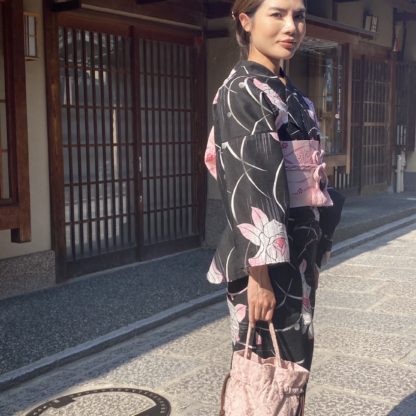About Kiyomizu-Dera Temple and its popular tourist attractions | Recommended Sightseeing Spots in Kyoto
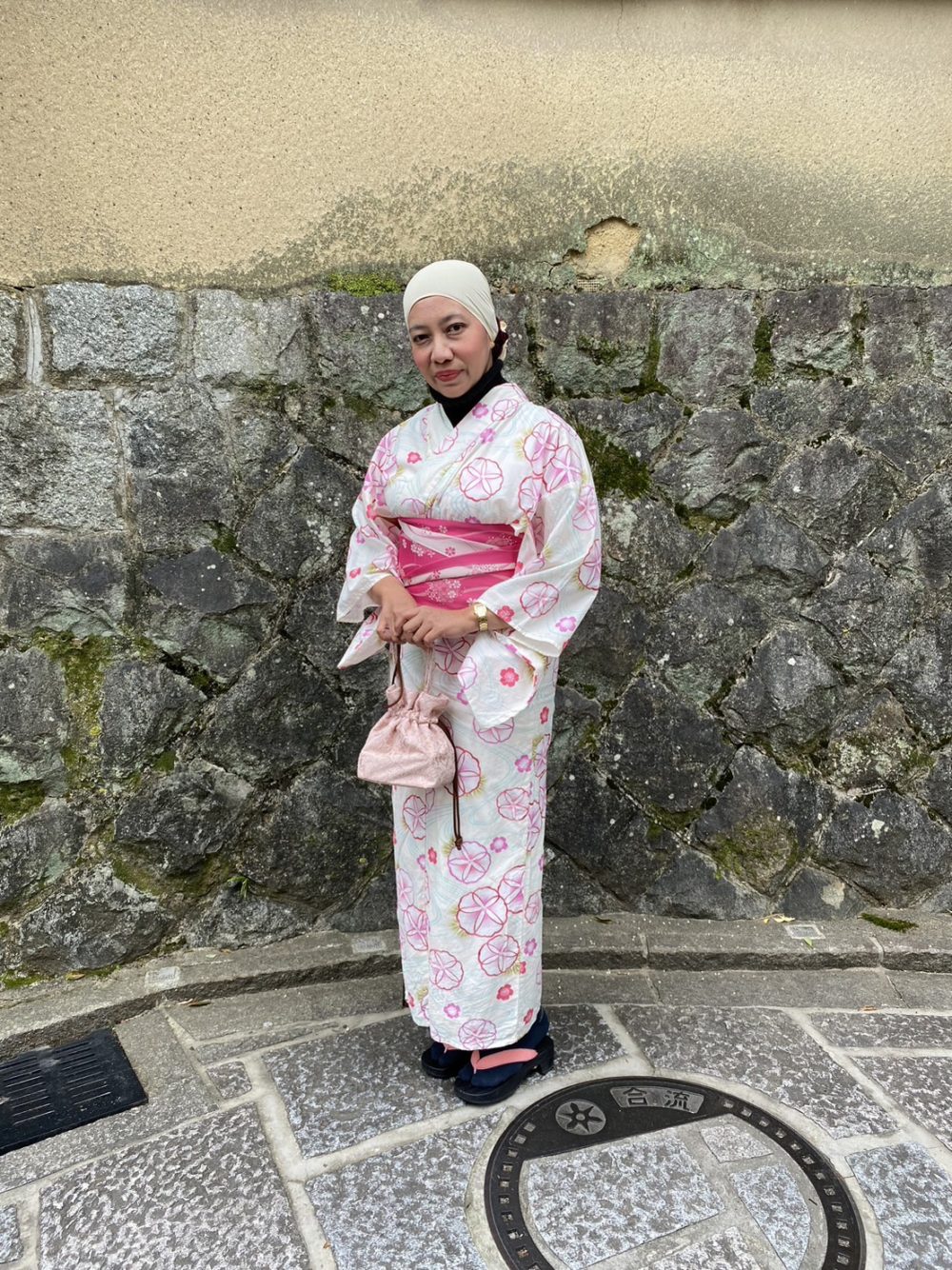
As most people think, Kyoto, the center of Japan, is home to many historical shrines and temples. Among them, Kiyomizu-dera Temple is one of the most attractive spots for many tourists.
Kyoto is reputed to be one of the most beautiful cities in the whole of Japan and a center of Japanese culture and history. A visit to Kyoto is one of the best ways to learn about Japanese culture, history, and modern Japan.
Kiyomizu-Dera Temple is regularly restored and is known for its exquisite architecture that blends the beauty of Japan’s natural beauty with its traditions. Kiyomizu Temple has a long history, dating back to the 8th century. As they believed, the water of Kiyomizu blessed them with children, and many people used it to maintain their health.
Today, Kiyomizu-Dera has become a famous tourist attraction, attracting people to its beautiful gardens and spectacular views.
Attractions of Kiyomizu-Dera Temple
Kiyomizu-Dera Temple is located in Higashiyama-ku, Kyoto City, Kyoto Prefecture.
It is loved by many tourists as a place that brings together traditional Japanese culture and nature.
It is registered as a World Heritage site and is one of the most popular tourist spots in Japan.
Kiyomizu Temple was founded in 778 during the early Heian period (794-1192).
The temple was built in 778. It was built on the eastern slope of Mount Otowa in the northeastern part of Heian-kyo, the capital at that time.
Kiyomizu-Dera Temple represents the aristocratic culture of the Heian period, and many historical buildings remain.
The most famous building of Kiyomizu-Dera is the main hall.
The main hall is the oldest wooden structure in Japan and has a beautiful appearance with its vermilion roof and white walls.
It is built on the slope of Mount Otowa, one of the 36 peaks of Higashiyama, and the view from there is breathtaking.
In addition to the main hall, Kiyomizu-Dera Temple has many other attractions such as Niomon Gate, the Thousand Stone Buddhas, Koyasato, the three-story pagoda, Jishu Shrine, and the Zuigudo Tainai Tour.
Niomon Gate is the main gate of Kiyomizu-Dera Temple and is also called “Akamon” (red gate) because of its vivid vermilion color.
The Thousand Stone Buddhas, located behind the main hall, were donated by aristocrats in the Heian period (794-1185).
The Child Pagoda is known as a temple for praying for easy childbirth, and many people visit the temple to pray for easy childbirth.
The three-story pagoda is the tallest building in the precincts of Kiyomizu-Dera Temple and is designated as a national treasure.
Jishu Shrine is the Shinto shrine that serves as the Shinto shrine of Kiyomizu-dera Temple, and is believed to bring good luck in marriage.
Zuigu-do Tainai-meguri is a tour of Zuigu-do’s interior, where visitors can learn about the history of Zuigu-do and the teachings of Buddhism.
These are just a few of the attractions of Kiyomizu-Dera Temple.
Kiyomizu-Dera Temple is one of the must-visit tourist spots when visiting Kyoto.
It is loved by many people as a place where they can enjoy beautiful nature, traditional culture, and a great view all at the same time.
Popular Sightseeing Spots in Kiyomizu-Dera Temple
Three-storied Pagoda
The three-story pagoda is a must-see when talking about Kiyomizu-Dera Temple.
The three-story pagoda was built in 847 during the early Heian period and is designated as a national treasure.
It is a wooden structure with a height of about 31 meters and a base area of about 12 meters square.
Built on the slope of Mount Otowa, one of the 36 peaks of Higashiyama, its beautiful appearance attracts many tourists.
The structure is representative of the aristocratic culture of the Heian period (794-1185) and is extremely elaborate.
It is assembled from a combination of timbers, with no metal fittings used for the joints. The roof of the three-story pagoda is made of cypress bark, and its color is vermilion.
The three-story pagoda is the symbolic building of Kiyomizu-dera and is one of the must-visit tourist attractions.
Kiyomizu-zaka Slope
The main street of Kiyomizu-Dera Temple is called Kiyomizu-zaka. Kiyomizu-zaka is the approach to Kiyomizu-dera Temple and is located on the north side of the temple and is approximately 200 meters long.
Kiyomizu-zaka is crowded with many tourists. Lined with teahouses, souvenir stores, and general stores, visitors can enjoy the traditional atmosphere of Kyoto.
At the teahouses on Kiyomizu-zaka, visitors can enjoy matcha green tea and Japanese sweets such as dango (dumplings).
Some teahouses also offer kimono and yukata rentals. Souvenir stores on Kiyomizu-zaka sell traditional Kyoto crafts and souvenirs.
General merchandise stores sell stationery and other small items that are typical of Kyoto.
Kiyomizu-zaka is an ideal place to stop by before or after visiting Kiyomizu-dera Temple. Enjoy matcha green tea, dumplings and other Japanese sweets on Kiyomizu-zaka, and take in the beautiful scenery and traditional atmosphere of Kiyomizu-zaka.
Kiyomizu-no-butai (stage of Kiyomizu)
The stage of Kiyomizu, with lush greenery in the background and the beautiful garden and historic Kiyomizu Temple in the foreground.
This place, overflowing with the ancient Japanese sense of beauty, is one of the most popular tourist attractions in Kyoto.
The stage is located on the west side of the main hall.
Kiyomizu-no-butai is approximately 18 meters high, 28 meters wide, and 16 meters deep, making it the oldest wooden structure in Japan.
Built on the slope of Mount Otowa, one of the 36 peaks of Higashiyama, its beautiful appearance attracts many tourists.
It is said to have been built in the early Heian period (794-1185), and has been popular with many people since ancient times.
It was used as a stage for Noh and dance performances, and is now open to visitors as a viewing platform.
From the stage of Kiyomizu, visitors can enjoy a panoramic view of the city of Kyoto, and the beautiful scenery attracts many tourists.
Autumn Colors
Kiyomizu-dera Temple is known as one of the best places in Japan to view the autumn leaves. The best time to view the leaves is usually from mid-November to early December.
About 1,200 maple trees are planted on the temple grounds, and the best place to view the autumn leaves is the “Autumn Garden” within the Kiyomizu-dera Temple precincts.
In particular, the illuminated autumn leaves make visitors feel as if they are in a fantasy world.
During the autumn foliage season, the Kiyomizu-dera Temple precincts are crowded with many tourists. To enjoy the autumn leaves at a leisurely pace, it is recommended to visit early in the morning or in the evening.
The view of the autumn leaves at Kiyomizu-dera Temple from the stage of Kiyomizu is especially beautiful. From the stage of Kiyomizu, you can see the whole city of Kyoto and enjoy the autumn leaves and the cityscape of Kyoto at the same time.
Kiyomizu-dera Temple is also home to many famous places for viewing the autumn leaves, such as the three-story pagoda and the Hozomon Gate.
Autumn foliage at Kiyomizu-dera Temple is a great opportunity to enjoy the charms of Kyoto to the fullest. If you visit Kyoto during the autumn foliage season, be sure to enjoy the autumn leaves at Kiyomizu-dera Temple.
The above is an introduction to some of the most popular tourist attractions in Kiyomizu-dera.
There are many attractive sightseeing spots around Kiyomizu-dera Temple, each with its own unique charm.
Why don’t you visit them when you visit Kiyomizu-dera and enjoy sightseeing even more?
What you should know before visiting Kiyomizu-Dera Temple
Kiyomizu-dera Temple is one of the most famous temples in Japan, and is expected to be crowded because of the large number of visitors. If you are visiting Kiyomizu-Dera for the first time, it is worth knowing the following
Time of day to avoid crowds
Kiyomizu-Dera Temple is open all year round, but be careful when you visit, as it is likely to be very crowded during peak season. In general, visiting during the off-season (January to February, June, and November to December) will help you avoid the crowds. Also, visiting on a weekday may be a bit calmer than during the holidays when the area is more crowded.
Dress and shoe selection
Kiyomizu-Dera Temple has many slopes and steep stairs. Therefore, it is advisable to wear comfortable walking

